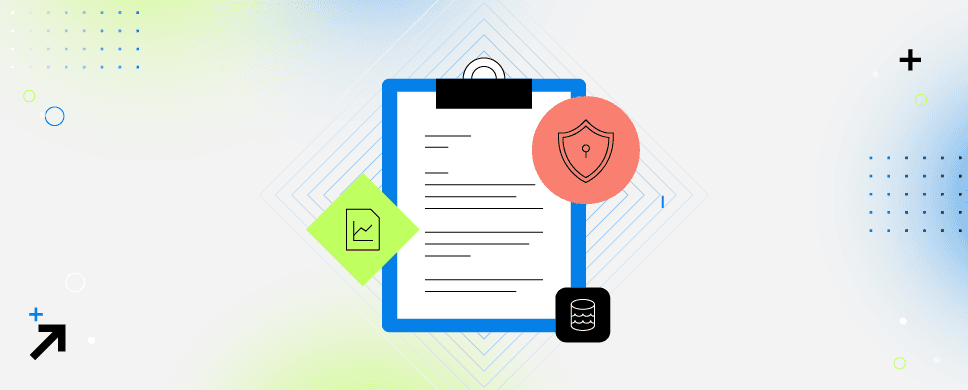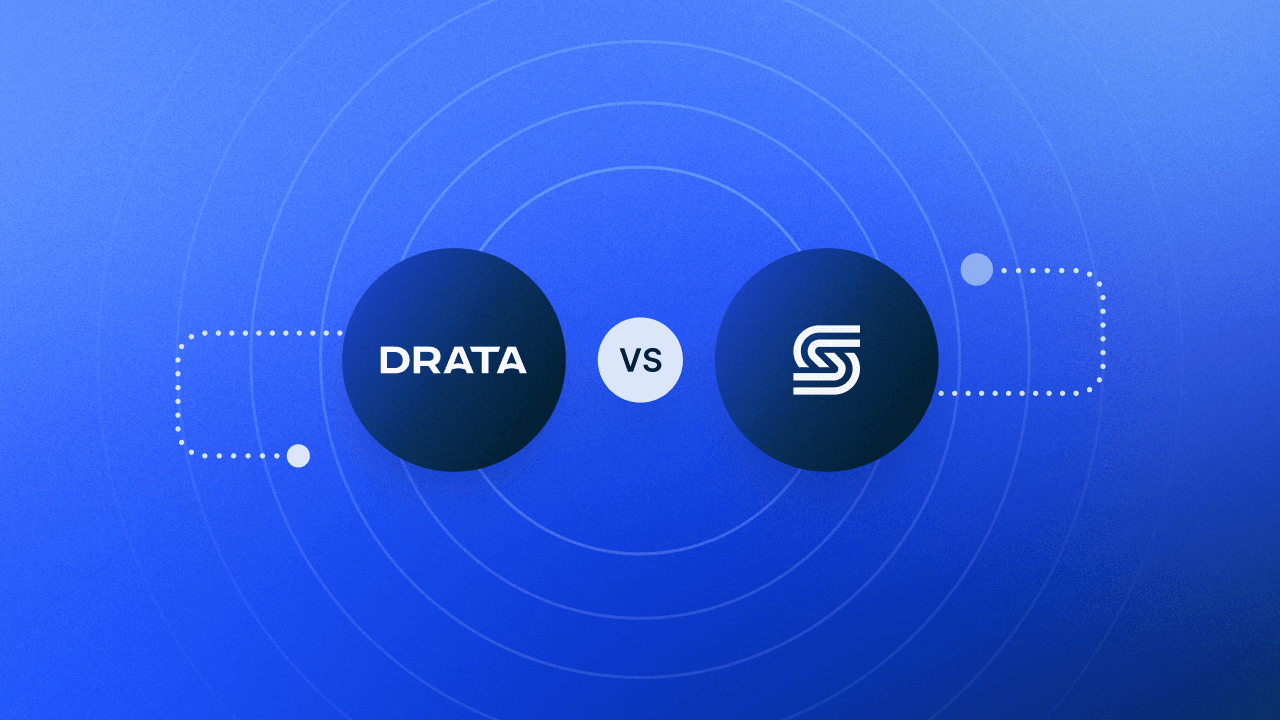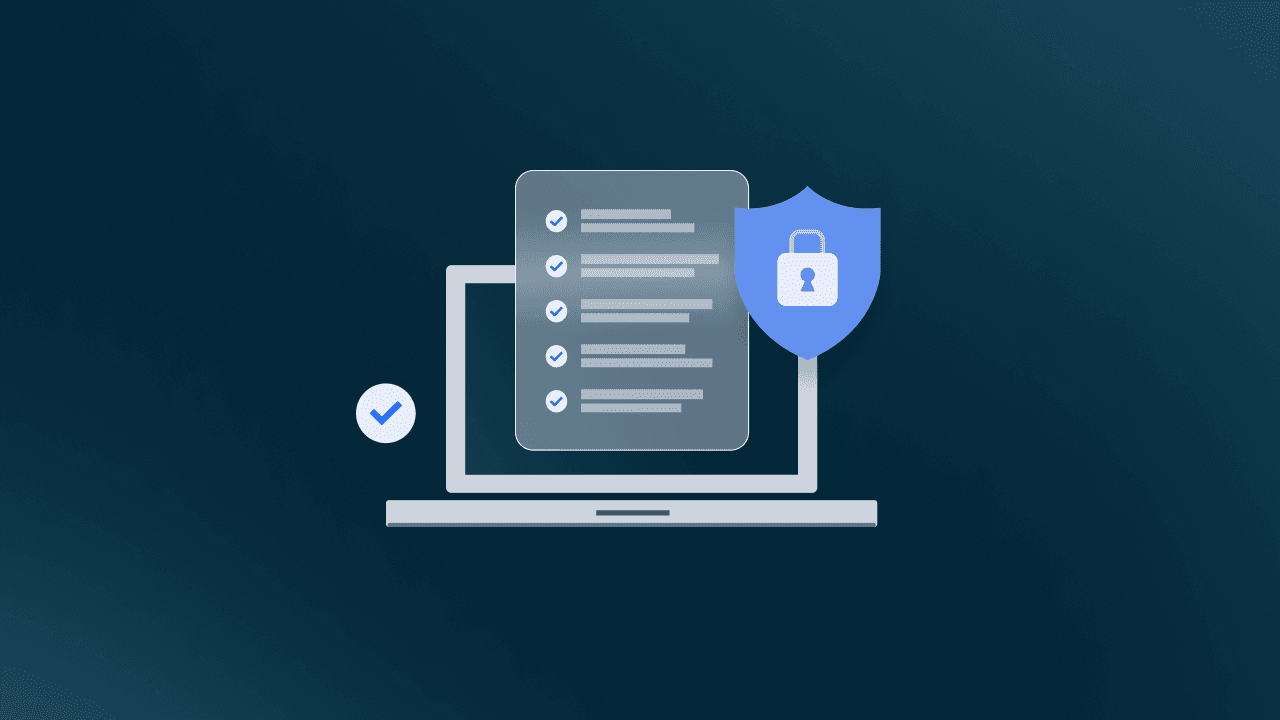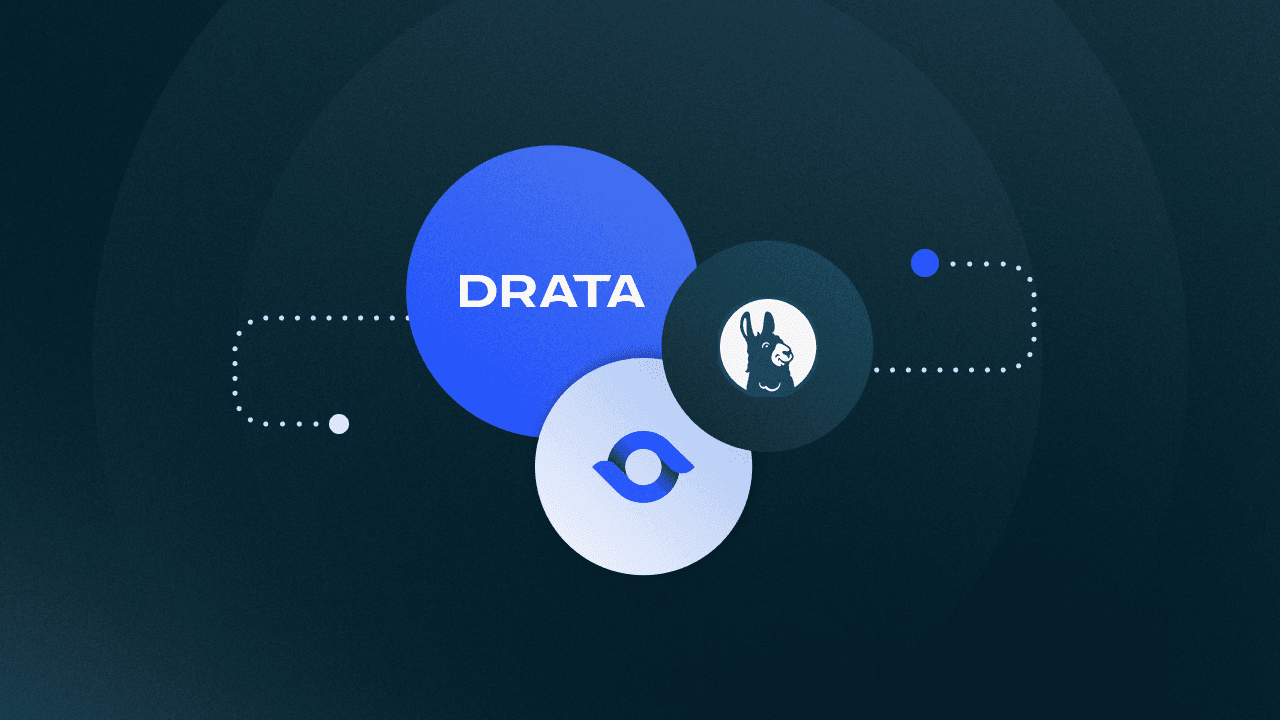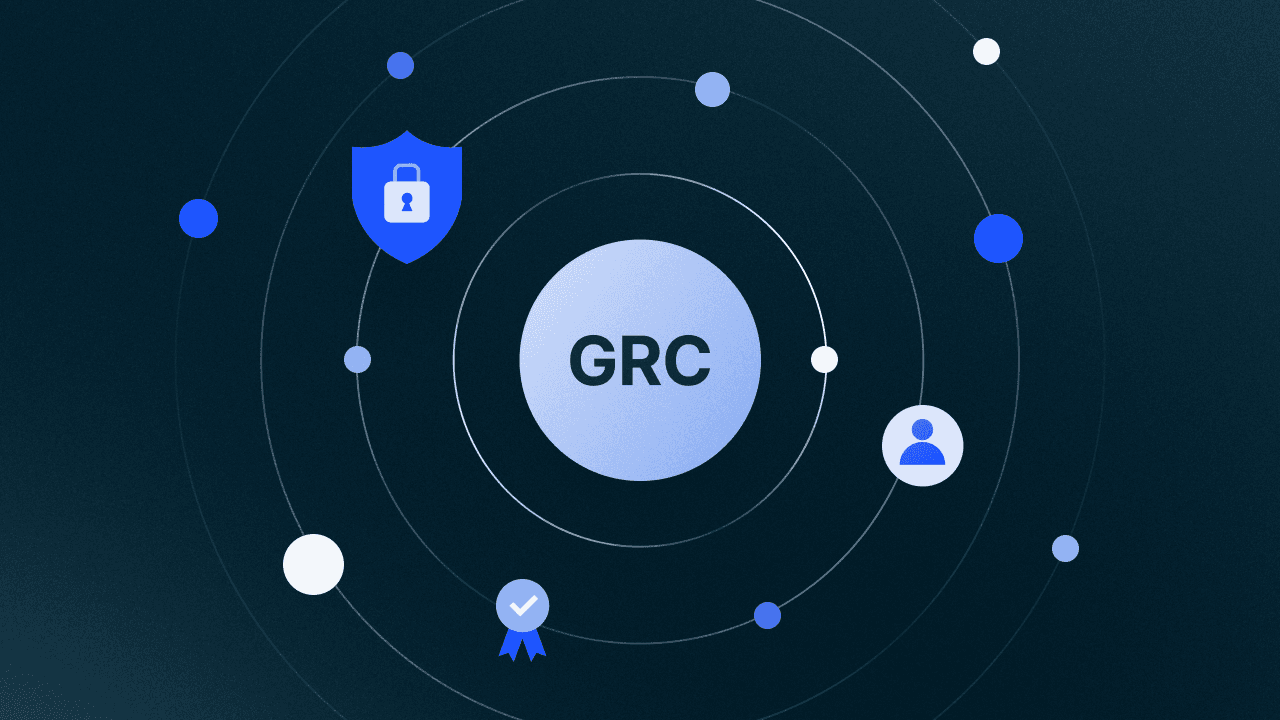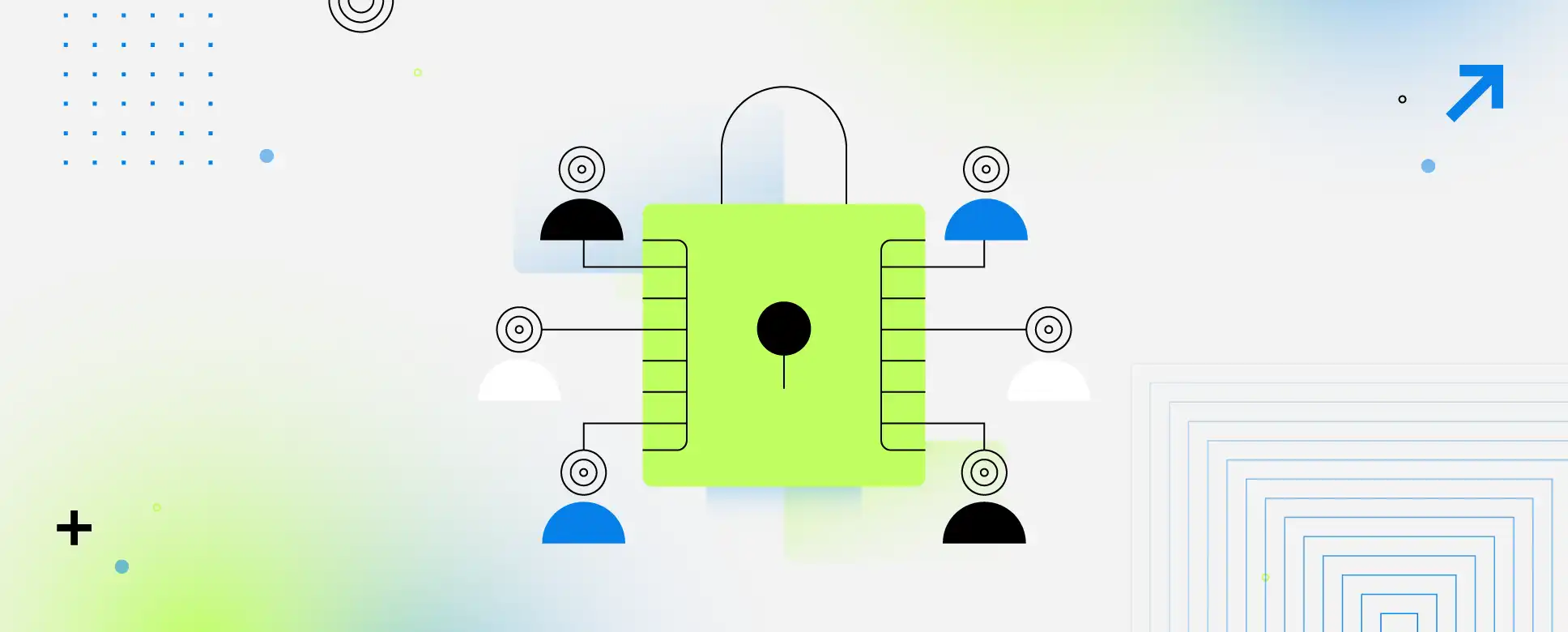Drata vs Secureframe: What are the Differences, and Which One Should You Choose?
Stuck deciding between Drata and Secureframe? Our comparison breaks down differences in automation, support, and audit readiness, so you can choose the best fit for your compliance needs.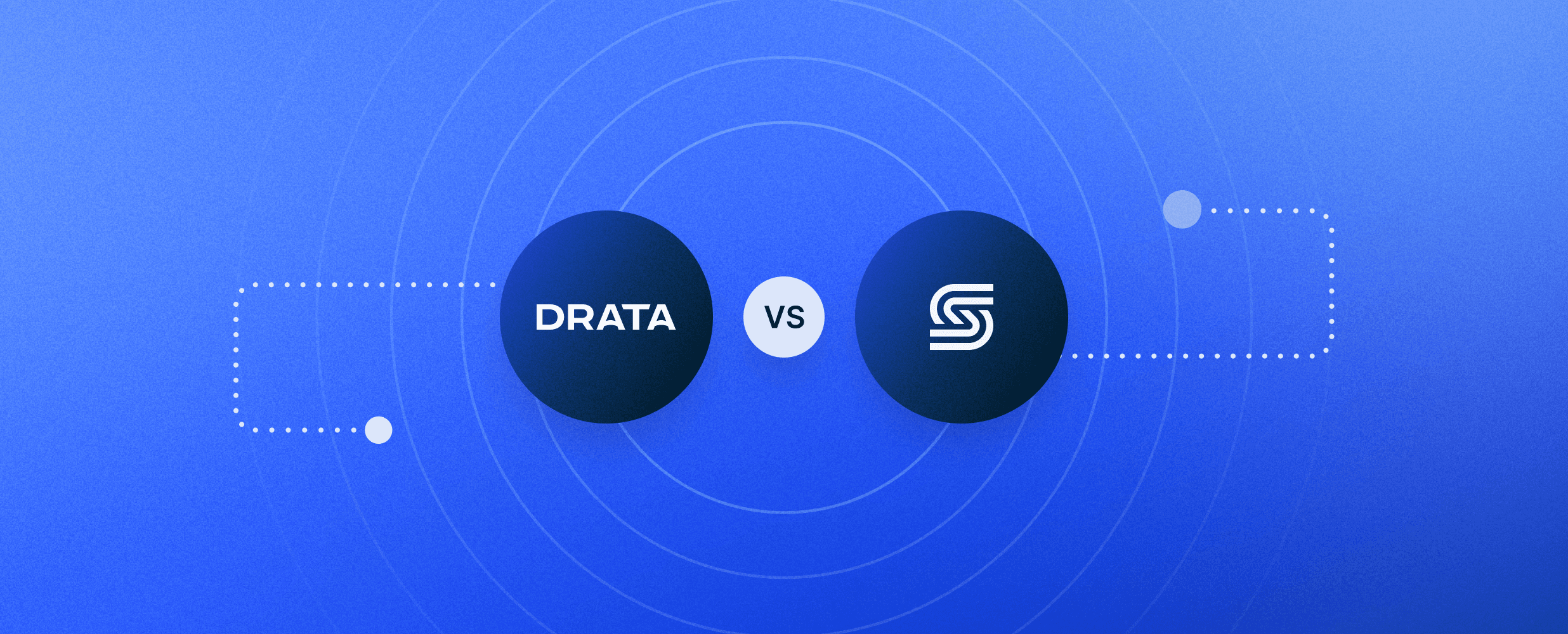
Promises. That’s what a lot of vendors make when you approach them with your compliance needs and woes. You hear about automation, simplicity, fast onboarding, and audit support. It’s all supposed to just work.
If you’ve ever lived inside a compliance program and adopted the not-quite-right platform, you know what actually happens: integration gaps, manual workarounds, cluttered evidence folders, unclear ownership. The platform promised to make your life easier, and instead, it became yet another thing to manage.
The gap between promise and practice is where this comparison lives.
Drata and Secureframe are both in the running to become your compliance automation partner of choice. We wrote this guide to make that choice easier. Keep reading for a feature-by-feature breakdown backed by actual user reviews and experiences.
Drata and Secureframe: What are They?
Drata and Secureframe live in the same category, promise many of the same things, and often show up on the same shortlists. Let’s get a clearer view of what each one is designed to do.
Drata
Drata is a trust management platform built for scale by people who’ve experienced firsthand the insanity of managing risk and compliance manually. All the usual suspects are here—continuous control monitoring, automated evidence collection, real-time alerts—but they’re joined by features made for teams that don’t have time to untangle their tooling every quarter.
AI has a starring role, drafting security questionnaire responses using your existing documentation, explaining failed tests in plain language, and pulling key takeaways from vendor reports, so you don’t have to wade through every SOC 2.
For teams that care about speed but can’t afford sloppiness, Drata is a true compliance engine you don’t have to rebuild every time your scope expands.
Secureframe
Secureframe is designed to help teams navigate their first SOC 2 audit (and other core frameworks like ISO 27001, HIPAA, PCI DSS, etc.) without chaos. Its onboarding process is tightly structured: you connect cloud, HR, device, and identity systems, assign control ownership, upload policies, and often hit audit readiness within a couple of months.
The platform keeps pace with your daily compliance needs with automated tests, continuous monitoring, vulnerability alerts, and control mapping across frameworks. It’s praised for being easy to navigate and having step-by-step guidance backed by helpful support teams.
If you’re standing up a program from scratch and want a straight line to your first audit, Secureframe makes the process feel approachable.
Control Monitoring
If a platform can’t reliably monitor security controls, alert you when something breaks, and help you fix it fast, everything else is just window dressing. Both Secureframe and Drata do a great job of keeping tabs on your systems, but there are differences.
Drata
Drata monitors your controls continuously, with tests running daily across connected systems like AWS, Azure, Okta, GitHub, and dozens more. When something falls out of compliance, Drata flags it instantly and logs the failure with relevant context.
Control status isn’t just visible—it’s actionable. You can drill down into failed tests, assign remediation, and track progress all in one place. AI helps explain test failures, so your team spends less time decoding issues and more time resolving them.
For engineering-heavy teams, Drata’s Compliance as Code lets you define and enforce tests directly in your codebase. It brings compliance into your development workflow, catching issues earlier and closing the gap between what you build and what your auditors review.
"The promise of automation has long been discussed in the compliance world, but never truly realized. Drata has turned that into reality."
Jonathan Jaffe, CISO at Lemonade (Read the Story)
Secureframe
Secureframe runs a series of automated tests across your connected systems. Once you connect cloud providers, identity tools, and endpoint solutions, it runs daily checks to track configuration drift, user access, asset inventory, and more.
Test results are visible in a central dashboard, and failed controls trigger remediation workflows. Secureframe’s Comply AI can generate suggested fixes for some failed cloud tests using infrastructure-as-code templates.
Some users note friction points, though: delays between completing tasks and seeing passed statuses, and difficulty distinguishing similar tests grouped under the same control ID. These don’t derail the experience, but they do add a little cognitive overhead, especially as your program grows.
Audit and Evidence Collection
It’s one thing to monitor controls, but it’s another to prove it fast and without looking for screenshots in a panic three days before your deadline.
Here's how Drata and Secureframe approach audit prep, and what that experience feels like when the pressure’s on.
Drata
Drata was built with auditors in mind. It (automatically) collects evidence, yes, but it also organizes it for the people who actually need to review it.
Everything is stored in Audit Hub, a shared workspace where your team and your auditor can work side-by-side and avoid the dreaded Slack threads and last-minute fire drills. Auditors can select samples, request specific files, and assign tasks directly to your team. You’ll see exactly what’s needed, what’s next, and handle all communication without ever leaving Drata.
Drata’s Auditor Alliance also gives you access to firms already trained on the platform, which means less onboarding and more predictable timelines. The integration with Field Guide, one of the leading auditor platforms, allows auditors to work within their platform of choice and still sync with all the elements in Drata bi-directionally. Plus, every single firm in the network is bound by a shared Code of Ethics, so you know they’re committed to audit independence and process integrity every step of the way.
Secureframe
Secureframe streamlines audit prep with built-in guidance, automated evidence collection, and structured workflows. Auditors are granted access through a dedicated portal, where they can review documentation, leave comments, and track outstanding requests.
Secureframe also partners with a network of audit firms to help your team transition from readiness to reporting without having to shop around for third-party support.
Risk and Vendor Management
Your risk surface is bound to increase as you scale. More tools, vendors, and moving parts all add complexity to your compliance program.
Let's look at how Drata and Secureframe handle vendor reviews, risk assessments, and the work it takes to keep both under control.
Drata
Risk management is an inherent part of Drata's platform: you can define risks, score them, assign owners, and track treatment plans. A built-in library of 150+ pre-mapped risks and alignment with frameworks like NIST SP 800-30, ISO 27005, and OCR SRA gives your team a solid starting point, but you’re also free to customize as needed.
Vendor risk is just as tightly integrated. You can send out security questionnaires, get AI-generated summaries of SOC 2s and supporting documentation, and log certifications, responses, and performance all in one place. AI also flags inconsistent or incomplete answers and adjusts vendor risk scores based on new information.
Because Drata ties risks, vendors, and control health together, nothing operates in isolation. You get one system, one view, and a grand total of zero surprises.
Secureframe
Secureframe offers built-in tools to manage both vendors and risk, with a strong emphasis on structure and simplicity. Vendor reviews happen inside the platform: upload documentation, assign stakeholders, and use pre-built templates to evaluate security posture. There's also some AI support for pulling insights from SOC 2 reports and filling in questionnaires, which helps take the edge off repetitive reviews.
On the risk side, you get a centralized register where you can define risks, rate impact and likelihood, and connect them to the controls designed to mitigate them.
As for user reviews, some report friction when working with the more advanced tools, particularly around ML-based questionnaire workflows and vendor automations. Others note that some of the higher-tier capabilities are locked behind premium pricing, which can create barriers for smaller teams trying to scale their efforts without jumping up a tier.
Customer Support and Expertise
When your scope changes or audit prep threatens to become chaotic, good support can keep everything on track…and bad support can turn a small problem into a week-long mess.
Here’s how Drata and Secureframe show up when you need more than the platform itself.
Drata
Drata is universally praised by customers, but if there’s one area where that praise is especially consistent, it’s support. Users call out how responsive, knowledgeable, and genuinely hands-on the team is, from onboarding to audit day.
To start, the Compliance Accelerator Program helps you set up policies, map controls, and configure integrations without the usual back-and-forth. From there, you get access to dedicated customer success managers and on-demand GRC experts who know what good looks like and how to help you get there without breaking a sweat.
When it’s time for the audit, you’re not alone. Drata works in step with your auditor, offering real-time collaboration through Audit Hub and guidance shaped by hundreds of successful audits.
"An investment in Drata is not just an investment into a platform, it's an investment into an ecosystem. It's been the backbone of how we're growing our security program."
Jonas Hirshfield, SVP, Security, IT & DevOps at Class (Read the Story)
Secureframe
Secureframe is well-known for its white-glove experience. From day one, customers are paired with onboarding specialists who help connect systems, configure controls, and move through a structured path to readiness. The support team is responsive, knowledgeable, and especially helpful for first-time compliance teams navigating unfamiliar territory.
There’s live chat, email support, and a detailed knowledge base to fill in the gaps. For many teams, that’s enough to get up and running without much fuss.
Access Reviews
Access reviews are one of those tasks that sound simple until you’re actually doing them. How do our contenders handle them? Let’s break it down.
Drata
Access reviews are tedious, recurring work, but Drata automates the process end to end. Reviews can be scheduled, triggered, and customized directly inside the platform, with automated reminders, built-in approvals, and system-level visibility across your cloud infrastructure, HRIS, and identity providers.
You don’t need to go running after managers or manually export user lists. Drata pulls in the data, maps users to roles, flags abnormalities, and lets reviewers approve or escalate with a few clicks. Everything’s tracked, logged, and audit-ready by default.
Secureframe
Secureframe handles the fundamentals well. Its personnel management module integrates with tools like Okta, Google Workspace, and major HRIS platforms, so you can see who has access to what. From a central view, you can assign role-based permissions, track onboarding and offboarding, and manage policy acknowledgements.
For smaller teams or straightforward setups, that’s often enough. You can see the right things and make the right decisions. However, for teams that need more scale or speed, there are limits: Secureframe doesn’t offer continuous monitoring of access changes or alerts when something drifts out of alignment.
Scalability
Most platforms will look great on day one. But what happens when your scope doubles, your team triples, and you’re layering on new frameworks, vendors, and audits in a single quarter?
Below, we look at how each platform holds up when you have an eye towards growth (or you’re already there).
Drata
Growth doesn’t ask for permission. New frameworks, bigger teams, and changing risk profiles have a habit of popping up all at once. More than keeping up with that pace, Drata absorbs it.
If you add another framework, you won’t need to rebuild your entire control set. If you bring in a second engineering team with its own tooling, Drata’s automation is flexible enough to stretch across environments without spiralling into mayhem. Controls can be reused, tests customized, and evidence mapped once, not manually recreated every time.
When things inevitably get messy (e.g., non-standard vendors, weird audit edge cases, custom logic) the system doesn’t fall apart. You don’t have to hack it to make it work. You just keep going.
Secureframe
Secureframe makes a lot of sense in the early days. The platform walks you through onboarding, holds your hand through your first audit, and keeps the core experience streamlined. When your world is small, it absolutely works.
However, growth adds friction. As you expand into additional frameworks or bring more stakeholders into the fold, you start to feel the constraints. As per user reviews, some workflows can’t be tweaked, automation doesn’t always go deep enough, and edge cases (of which growth creates many) tend to land outside the guardrails.
It’s not that Secureframe breaks, but more so that it doesn’t stretch to the extent that Drata does.
Secureframe vs. Drata: Table Comparison
Want to make a quick assessment? Use the table below to compare the main features of both Drata and Secureframe at a glance.
| Drata | Secureframe |
Core Positioning | Trust management platform built for scale and automation. | Compliance automation platform focused on simplicity and structure. |
Control Monitoring | Continuous, customizable testing with Compliance as Code. | Automated daily checks and structured dashboards. |
Audit & Evidence Collection | Real-time collaboration via Audit Hub, Auditor Alliance + AI summaries. | Guided workflows, dedicated auditor portal, helpful first-time experience. |
Risk Management | Flexible, customizable, mapped to controls and frameworks. | Structured risk register with clear workflows and predefined templates. |
Vendor Management | AI-generated summaries, smart questionnaires, live risk updates. | Document parsing, vendor evaluation templates, growing AI features. |
Support & Expertise | Dedicated CSMs, GRC advisors, proactive onboarding, and audit support. | White-glove onboarding and responsive support. Strong for early-stage teams. |
Scalability | Built to handle multi-framework, multi-team growth. | Optimized for smaller teams and simpler compliance programs. |
Access Reviews | Fully automated, customizable, system-integrated. | Role-based access tracking, integrated with identity and HR tools. |
AI Capabilities | Embedded across workflows, impact-focused, still expanding. | Useful support tools for reviews and assessments. |
Best For | Fast-growing teams with expanding frameworks and complex requirements. | Startups seeking guided compliance with minimal lift. |
Why Drata Wins the Compliance and Trust Management Race
Drata and Secureframe both offer real value, but they’re built for different realities.
Secureframe is a solid fit when simplicity is the goal. If you’re early in your compliance journey, focused on SOC 2 or HIPAA, and want a structured path to your first audit, it delivers. You’ll get guidance, hands-on onboarding, and enough automation to stay organized.
If your business is getting more complex, Drata pulls ahead. More than compliance, it’s built for Trust Management: the broader discipline of proving security, privacy, and risk posture to everyone who needs to see it, from auditors to customers, partners, and internal teams.
Drata helps companies move fast without breaking trust. In a world where trust is the currency of growth, that makes all the difference.
Want to find out why 33% of the Cloud 100 choose Drata?

